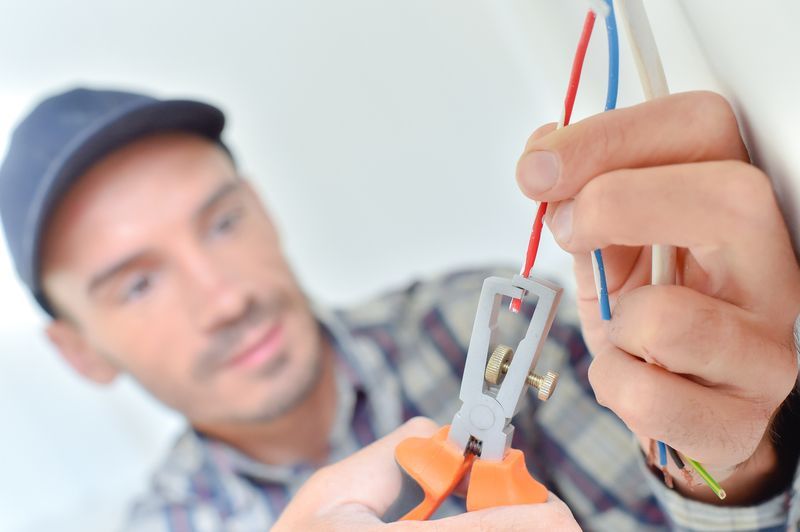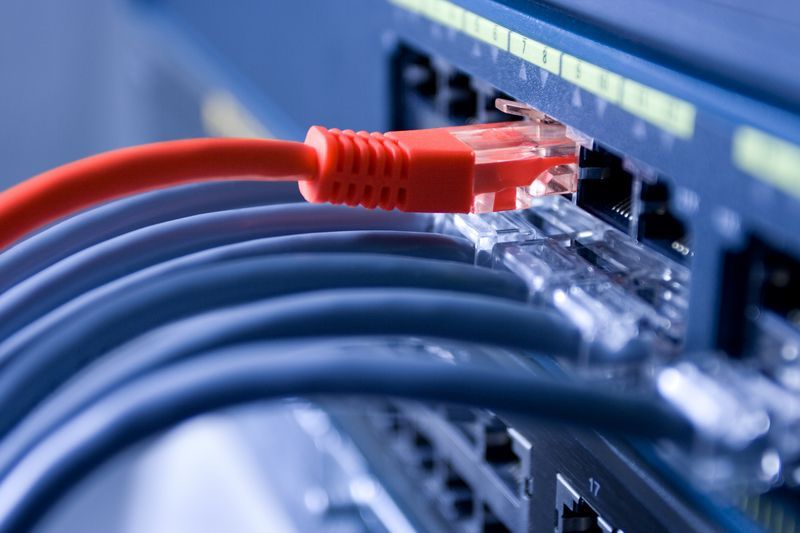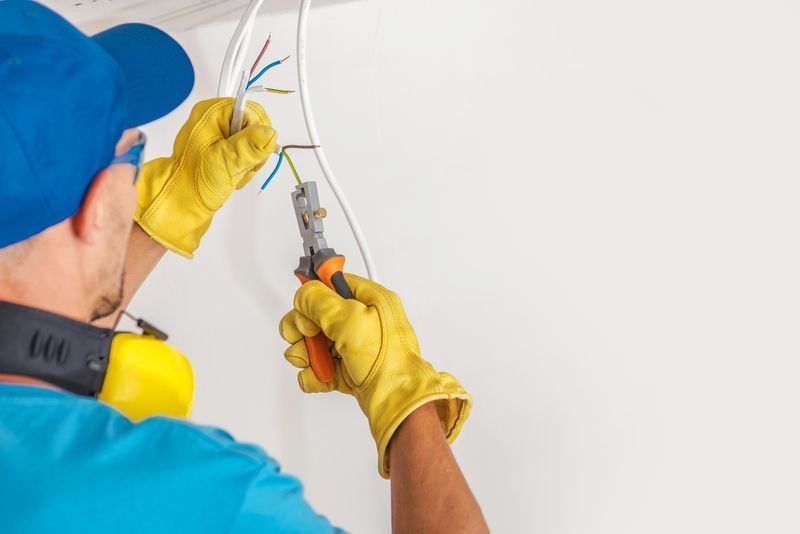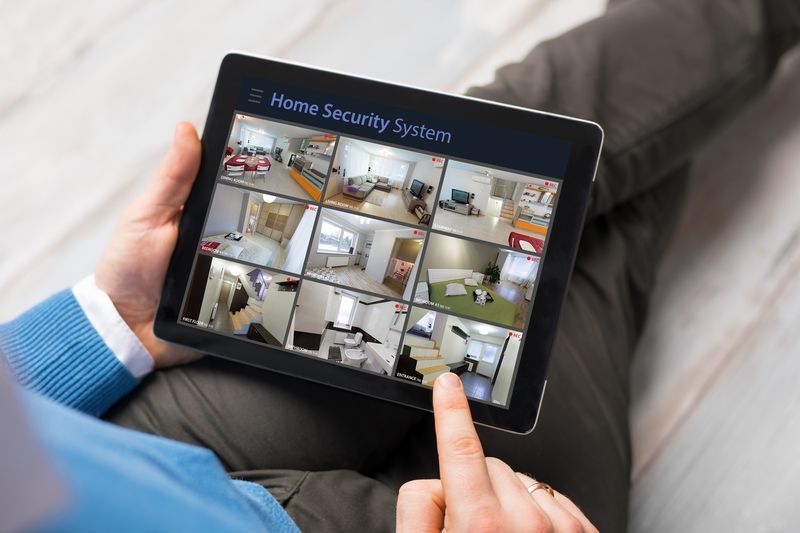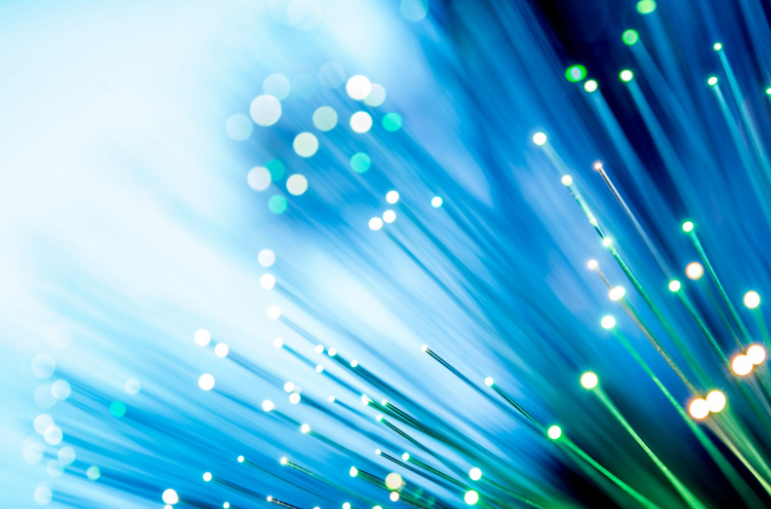Keeping our digital connections running smoothly is more important than ever. With so many devices and services relying on strong and stable networks, finding the right way to set up and manage all those connections can make a big difference. This is where organizing our cables and wires smartly comes into play. By sorting out the tangle and choosing the best paths for our cables, we can make sure that our internet and network speeds are as fast as they should be, and that our equipment works reliably.
Importance of High-Quality Cabling
In today's technological landscape, the foundation of any robust network infrastructure lies in high-quality cabling. The significance of this often underappreciated component cannot be overstated, as it serves as the backbone for transmitting data across various devices and systems. Quality cabling ensures that businesses maintain consistent connectivity, crucial for daily operations and long-term success.
One of the primary benefits of using high-quality cabling is its reliability. Systems installed with premium cables are less prone to connectivity issues and signal loss, minimizing interruptions in workflow and productivity. Reliable cabling systems are essential for businesses that cannot afford any downtime, especially those in sectors like healthcare, finance, and governmental operations where data accessibility and security are critical.
Apart from reliability, the speed and bandwidth capabilities of a cabling system are significantly enhanced with the use of superior materials and proper installation techniques. High-quality cables support higher data transfer rates, allowing for the smooth operation of bandwidth-intensive applications. This is particularly important as businesses continue to adopt data-heavy technologies such as cloud computing, video conferencing, and VoIP services. An investment in quality cabling translates into a network that can handle increasing data volumes without compromising performance.
Substandard cabling can be a source of frequent network failures and data transmission errors. Such issues stem from various factors including poor cable quality, improper installation, and inadequate maintenance. Networks plagued by these problems experience frequent downtimes, resulting in productivity losses and potential revenue declines. In severe cases, data losses from unreliable network connections can lead to critical information being compromised, posing significant risks to business operations and reputation.
The hidden costs associated with rectifying issues caused by poor cabling should not be overlooked. Businesses often find themselves investing more resources in troubleshooting and repairing networks than they would have by choosing high-quality cabling solutions from the start. This is a clear indicator of how pivotal good cabling is to the overall health and efficiency of a network infrastructure.
Investing in high-quality cabling is not a luxury but a necessity. The benefits it brings in terms of reliability, speed, and bandwidth capabilities are integral to supporting the complex data needs of modern businesses. The ability to avoid frequent downtimes and data losses positions quality cabling as a critical component in building a resilient and efficient network infrastructure.
Preventing Data Transmission Issues
Data transmission issues are a common headache for businesses relying on poor cabling infrastructure. These problems range from slow data transfers to complete network failures, significantly impacting operational efficiency. Two primary culprits behind these issues are electromagnetic interference (EMI) and crosstalk, both of which can severely compromise data integrity.
EMI is an external disruption that can come from various sources, such as power lines, certain types of lighting, and nearby electronic devices. It disrupts the normal flow of electrical current within cables, leading to data loss or corruption. Crosstalk, on the other hand, occurs when the signal from one cable bleeds into another, causing a mixture of information packets and resulting in errors during data transmission.
Fortunately, there are proven solutions to mitigate these issues. Shielded cabling is designed to protect against EMI, featuring a metal shield that encases the inner wires. This shield acts as a barrier, deflecting external electromagnetic influences. For combating crosstalk, twisted pair cables (in which cable pairs are twisted together) reduce the possibility of signal interference between the pairs. Employing these cabling types and adhering to proper cabling practices, such as maintaining appropriate distances from interference sources and avoiding tight bends, can significantly enhance data transmission quality.
Reducing Maintenance Needs with Structured Cabling
Structured cabling systems simplify the organization of your network infrastructure, making it easier to troubleshoot issues and carry out repairs. Unlike traditional point-to-point cabling, structured cabling uses a systematic approach, organizing cables in a way that all connectivity flows through central points. This organization reduces the time spent identifying and fixing faults, thereby lowering maintenance costs. Research and case studies have substantiated that structured cabling systems enhance efficiency and reduce operational expenses significantly.
Installations carried out by certified professionals further ensure the longevity and reliability of the cabling infrastructure. Their expertise guarantees that the cabling is correctly installed and configured to meet your specific needs, thus minimizing future issues and extending the system’s life span.
Scalability and Future-Proofing Network Infrastructure
As technology evolves, businesses must adapt their network infrastructure to accommodate new demands. Structured cabling offers unparalleled flexibility in this aspect. Its modularity means it can easily support technology upgrades and expansions without overhauls. Fiber optic cables, for instance, offer a future-proof solution by providing greater bandwidth and faster speeds over longer distances compared to traditional copper cables. This makes fiber optics ideal for businesses looking to scale operations.
The modular design of a structured cabling system also means components can be added or removed as needed, facilitating easy updates. This design philosophy not only saves money in the long term by mitigating the need for complete system replacements but also ensures your network can evolve alongside emerging technologies, keeping your business at the forefront of innovation.
The Economic Impact of Proper Cabling
The strategic importance of proper cabling transcends beyond mere connectivity; it significantly influences a business's economic landscape. By ensuring operational efficiency and reducing downtime, high-quality cabling systems offer an undeniable economic advantage. The initial investment in superior cabling often deters businesses, yet the long-term savings and operational benefits highlight its true value.
Operational efficiency is crucial for any business's bottom line. A robust cabling infrastructure minimizes the risk of data transmission errors and network downtime, issues that can lead to significant financial losses. Studies have shown that businesses with structured cabling systems experience fewer operational interruptions, directly contributing to sustained productivity and profitability. The cost savings in maintenance alone can be substantial. Structured cabling simplifies network management, making it easier and less expensive to diagnose and resolve issues. This efficiency translates into lower labor costs and reduced need for emergency maintenance interventions, which can be costly.
Financial analyses and case studies underscore the long-term benefits of investing in quality cabling. According to research, businesses that invest upfront in premium cabling solutions, such as fiber optics and shielded cables, can expect a reduction in the total cost of ownership over the network's life. These savings manifest through fewer maintenance requirements, lesser downtime, and the flexibility to adapt to future technological advancements without significant additional investments.
Choosing the Right Cabling Solution
Selecting the appropriate cabling solution is a critical decision that requires careful consideration of a business's current needs and future goals. The market offers a variety of cabling types, including Category 5e, 6, 6a, 7, and fiber optic cables, each with its specific applications, benefits, and limitations. For instance, while Category 5e cables may suffice for small businesses with modest network requirements, enterprises with high data transfer demands and plans for expansion should consider Category 6a or fiber optic solutions.
Fiber optic cables, in particular, stand out for their scalability and bandwidth capabilities. Unlike copper cables, fiber optic cables transmit data using light, allowing for faster speeds over greater distances without signal degradation. This makes them an excellent choice for businesses anticipating significant growth or requiring extensive data handling capabilities.
Consulting with cabling service experts is crucial when tailoring a solution to a specific environment. These professionals can provide valuable insights into the best practices for installation and maintenance, ensuring that the chosen cabling system aligns with the business's operational requirements and budgetary constraints. Their expertise can help businesses future-proof their network infrastructure, ensuring it remains capable of accommodating new technologies and expanding needs.
Proper cabling is not just a technical necessity but a strategic investment. By choosing the right cabling solution and ensuring its professional installation, businesses can secure a reliable, efficient, and scalable network infrastructure. This foresight not only safeguards against immediate operational challenges but also sets a firm foundation for long-term success and growth.
Finding the right approach to organize and manage cables is crucial for any network's performance. By choosing the most effective methods and materials, we can ensure data flows smoothly and reliably. This not only helps in keeping connections stable and fast but also makes it easier to maintain and upgrade systems in the future. Simple steps in planning and execution can lead to significant improvements in how networks operate, leading to better efficiency and reduced downtime.
Don't wait for slow connections to disrupt your workflow anymore. Upgrade your network with our expert cabling solutions at Data Cabling Service today, and experience the difference of speed and reliability. Contact us now to get started!



